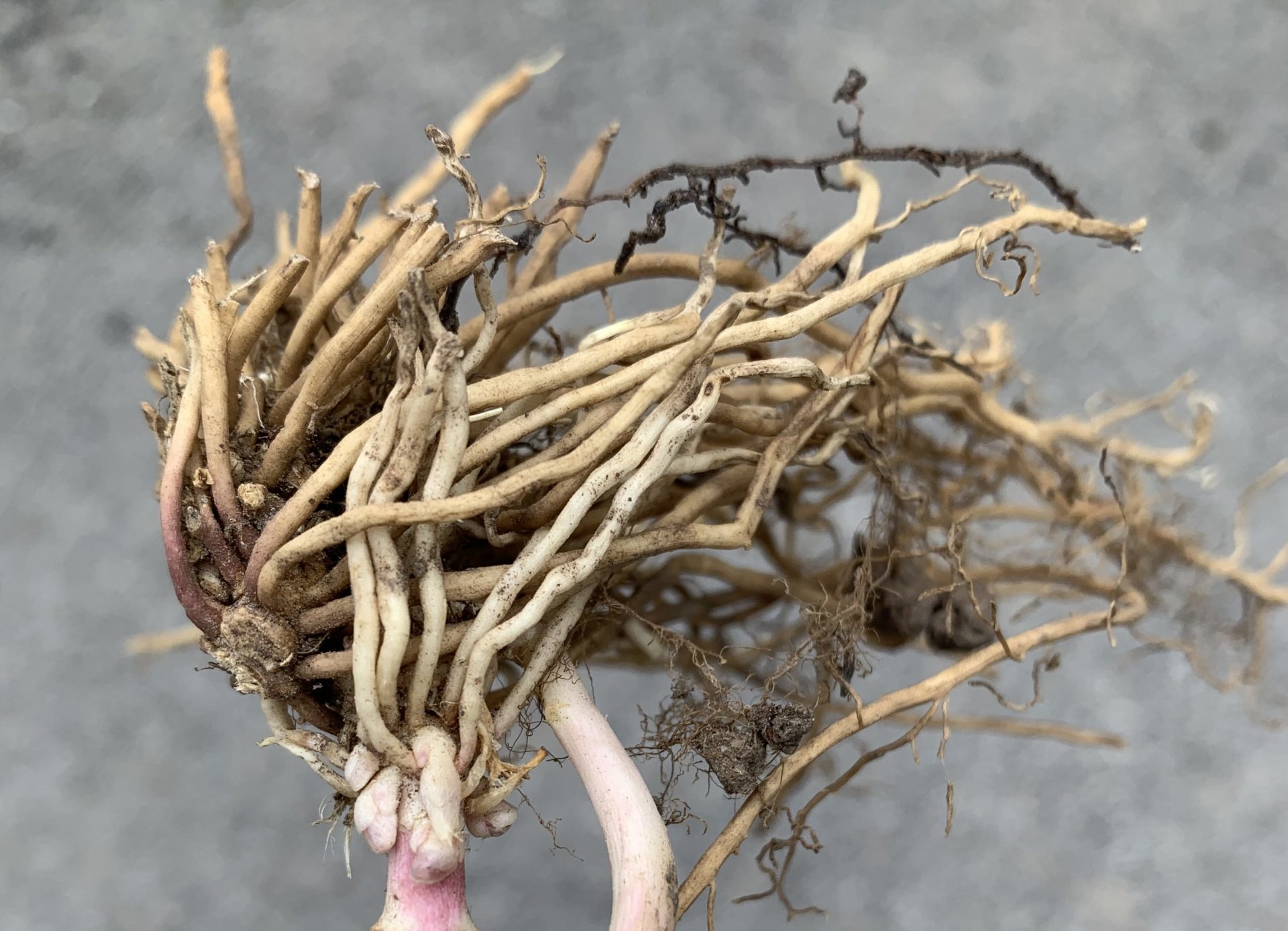Plant biology is complex – there is no “one size fits all” solution to removing invasive plants. Make sure you follow the removal and disposal instructions carefully to reduce the reproductive ability of the plant. You want to stop or slow invasive plants from growing back while ensuring you have minimal negative impact on native plants and wildlife nearby. Removing invasive plants takes persistence and patience; you want to ensure your efforts are maximally productive.
Remove your invasive plants
TNS Invasive Plant Information Sheets:
- Burdock
- Common Buckthorn
- Dog-strangling Vine
- Garlic Mustard
- Hedge Parsley
- Japanese Knotweed
- Lily-of-the-Valley
- Phragmites
- Wood Avens
- Norway Maple (requires City permit)
Beware of invasive plants that escape your garden
Many invasive species that are sold as garden plants can easily escape into our ravines and natural areas. This can cause major disruptions to the natural ecology of a native woodland.
Toronto Master Gardeners understands this problem and is educating Toronto citizens on invasive species so that we can all work together to tackle the problem.
Check out the Toronto Master Gardeners Invasive Species Initiative to learn more about invasive plants that are commonly sold at garden centres such as:
- Barberry
- English Ivy
- Euonymus
- Honeysuckle
- Miscanthus
- Periwinkle
- Privet
*REMEMBER: If your property is on ravine land, you must obtain a permit to remove any tree.*
Invasive trees are taking over
Invasive trees pose a big threat to Toronto’s ravines. Their biology allows them to dominate our landscape and create monocultures – large areas with only one type of species. Non-native monocultures are bad because they decrease biodiversity and make our ecosystems less resilient. We need native biodiversity to sustain a healthy ravine system that can support the many plants and animals we need to survive!
One of our biggest offenders is the Norway maple tree; an aggressive invader that is quickly taking over our ravine system.
What makes Norway maple trees so destructive?
Their competitive advantages include:
- High seed production
- Extensive shallow root systems that outcompete native plants for water/ nutrients and contribute to soil erosion
- A dense canopy cover that blocks light, preventing native plants from growing beneath them
We must stop the spread of invasive trees like the Norway maple.
Obtain a permit to remove invasive trees on your ravine property.
To learn more about invasive plants, visit Ontario Invasive Plant Council.
Look out for noxious plants
Learn to identify noxious plants – they are harmful when touched!
Noxious plants in Toronto’s ravines include:
- Giant hogweed
- Poison ivy
- Stinging nettle
- Wild parsnip
Do not touch these plants under any circumstances. If you do come into contact with one of these plants, research the best way to mitigate their effects. For giant hogweed or wild parsnip, follow these instructions.
See Noxious Weeds of Ontario for a list of potentially risky plants.
Make sure your hard work doesn’t go to waste – learn how to monitor & stay invasive free.

